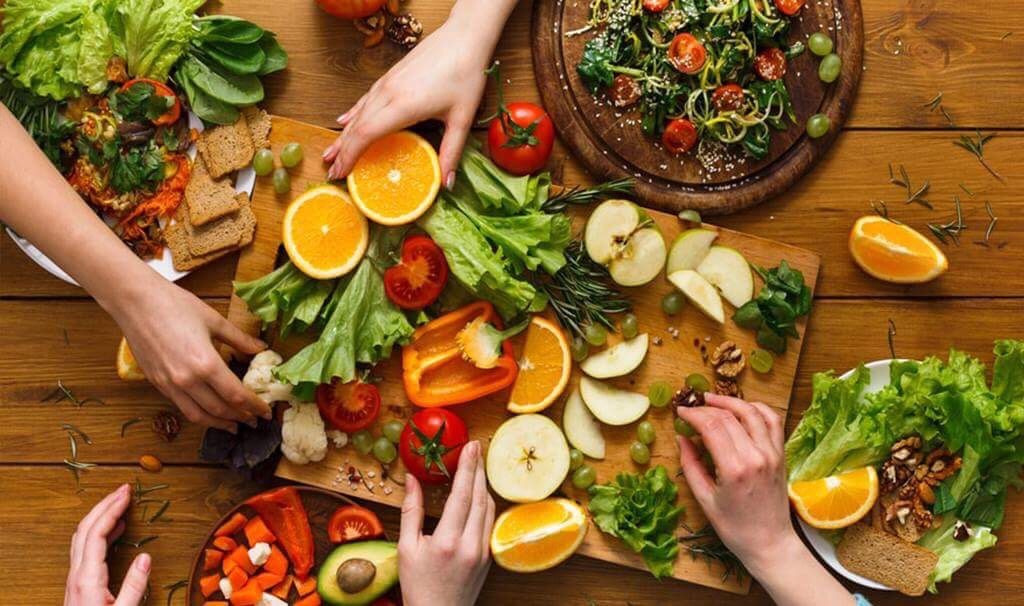Nutrition post-injury.
September 26thYou’ve injured yourself and are feeling pretty miserable about it. What do you do now? You might emotionally eat, maybe have a few too many beers. Or maybe you try to eat far less than normal to account for the decrease in training.

More often than not, I see people struggle with urges to overeat post-injury. They gravitate towards energy-dense, nutrient-poor, ‘sometimes’ foods, especially if this is something they didn’t eat very often previously. There is less motivation, if any, to eat healthily.
While acknowledging the mental slump that can develop post-injury, it is important not to just ‘throw in the towel’ when it comes to eating. Nutrition can and should be used strategically to speed recovery. In order to understand how food can be used as medicine, a sports nutritionist has to understand the stages of injury recovery.
An injury is a physical trauma resulting in tissue damage and a state of inflammation.
Recovery from injury occurs in three stages:
- Inflammation
- Proliferation
- Remodeling
Inflammation phase
This phase is characterised by heat, pain, redness and swelling. The body draws healing cells to the site, as well as removing damaged cells. In this phase, the focus is to reduce (not eliminate) inflammation.
*A note on anti-inflammatory drugs: Chronic use of strong anti-inflammatory drugs can impair the healing process. Inflammation is a natural part of injury recovery; some is necessary!
Eat more anti-inflammatory foods
Include foods which are anti-inflammatory as a part of every meal, as their effects are accumulative. There is no noticeable benefit in having a sprinkle of chia seeds once!
Some examples of these foods include:
Mono-unsaturated fats, found in-
- Olive oil
- Olives
- Avocado
- Some nuts such as almonds, cashews and macadamias
Omega-3 polyunsaturated fats, found in-
- Oily fish such as salmon and mackerel
- Fish oil supplements
- Linseeds
- Linseed (flaxseed) oil
- Walnuts
Herbs, spices and medicinal plant compounds
- Phytochemicals and anti-oxidants, found in colourful vegetables and fruits (eat the rainbow!)
- Polyphenols found in cocoa, green tea and berries (especially wild berries)
- Organosulfur compounds found in garlic
- Curcumin, found in the spice turmeric
- Bromelain, found in pineapple
Eat less pro-inflammatory foods
- Trans fats, found in commercial cakes, cookies, crackers and chips. Also found in deep-fried foods
- High omega-6 vegetable oils, such as canola, safflower, sunflower, soybean
- Sugar
- Alcohol
Proliferation & Remodelling Phases
These phases are characterised by the formation of new tissue and collagen, and can last for months or even years. They are anabolic stages of injury recovery, meaning that they require additional energy in order to repair and rebuild. This raises your metabolic rate.
What does this mean practically?
During these phases, you have increased nutrition requirements. It may be tempting to cut back on food in order to reduce fat gains. In doing this, however, you risk putting yourself in a ‘negative energy balance’ (eating less than your body requires), which will inhibit muscle growth and repair.
Total energy: Your body will require more than what you needed for maintenance pre-injury, but less than what you’d require when you were training hard.
Eat mindfully: Try to pay attention to your body’s cues- if you are hungry, take it as a sign that your body may need more fuel. Similarly if you are feeling comfortably satisfied, try not to overfill the stomach. Initially this may be difficult to establish, if you are constantly used to eating powerlifter portions during training cycles!
Protein: Should be a key dietary focus as soon as possible, as muscle losses can occur within a few days to a few weeks post-injury. It is important to note, however, that immobility will still result in muscle losses, no matter how optimal your protein intake is.
- Protein is essential to synthesise collagen and muscle mass
- Insufficient protein will impair wound healing
- It is best to evenly distribute your protein intake throughout the day to maximise protein usage
- Aim for around 20-30g of protein at each main meal and snack. Total protein requirements will vary based on individual needs
- Aim to eat protein of ‘high biological value’ (containing all essential amino acids) such as meats, milk and eggs
Specific nutrients to assist injury healing:Target the following nutrients in your diet, or consider sourcing them in supplement form.
- Vitamin A
- Vitamin C
- Vitamin E
- Zinc
- Copper
- Arginine
- Glutamine
Continue eating anti-inflammatory foods: As previously mentioned incorporating these foods into as many meals as possible will have an accumulative effect for maximal benefit.
In summary, nutrition can have a powerful effect on inflammation and recovery post-injury. From an eating perspective, achieving the best outcome relies on diet quality and early intervention.
